Child Health And Nutrition(DECE2) IGNOU Unit Wise Solution Day 2(ENGLISH)


Welcome To
Odisha Regional Study Point
We Allows the best competitive exam preparation for SSC,BANKING, RAILWAY &Other State Exam(CT,BE.d)…etc
In ଓଡ଼ିଆ Language…
Why opt ORSP?
✅Daily Free Live class
✅Daily Free practice Quiz
✅FREE Live Tests Quiz
✅Performance Analysis
✅All Govt Exams are Covered
Child Health And Nutrition(DECE2) IGNOU Unit Wise Solution Day 2(ENGLISH)
Contents
Chapters
Chapter-1 Introduction to Nutrition and Health
Unit 1 The Concept of Nutrition
Unit 2 The Concept of Health
Unit 3 Indicators of Health
Chapter-2 Basic Concepts in Nutrition
Unit 4 The Macronutrients-I: Carbohydrates And Water
Unit-5 The Macronutrients-II: Proteins and Fats
Unit-6 The Micronutrients-1 : Vitamins
Unit-7 The Micronutrients-II: Minerals
Unit-8 Planning Balanced Diets
Chapter-3 Nutrition and Health Care during Pregnancy and Lactation
Unit-9 Meal Planning for Pregnant and Lactating Women
Unit-10 Health Care during Pregnancy
Unit-11 Health Care during Intranatal and Postnatal Periods
Chapter-4 Nutrition and Health Care during Infancy and Early Childhood
Unit-12 Nutrition during Infancy
Unit-13 Nutrition during Early Childhood
Unit-14 Health Care of the Child
Chapter-5 Nutrition Related Disorders in Early Childhood
Unit-15 Major Deficiency Diseases – 1: PEM and Xerophthalmia
Unit-16 Major Deficiency Diseases – II: Anaemia and lodine Deficiency Disorders
Unit-17Other Nutritional Disorders
Chapter-6 Nutrition and Health Programmes
Unit-18 Major Nutrition Programme
Unit-19 Major Health Programme
Unit-20 Assessment of Nutritional Status
Chapter-7 Common Childhood Illnesses, Their Prevention and Management -1
Unit-21 Caring for the Sick Child I
Unit-22 Some Disorders of the Alimentary System
Unit-23 Some Disorders of the Respiratory System
Unit-24 Some Infections of the Mouth and Throat
Unit-25 Some Problems of the Eyes
Chapter-8 Commom Childhood illness,Their Prevention And Management
Unit-26 Common Diseases of the Skin
Unit-27 Common Problems of the Bars
Unit-28 Fevers
Unit-29 Lumps and Swellings
Unit-30 First Aid
Child Health And Nutrition(DECE2) IGNOU Unit Wise Solution Day 2(ENGLISH)
Chapter-1
Introduction to Nutrition and Health
Before Going To Read DAy 2 Question PLease Read Day 1 click below
Q4. Discuss the socio-cultural, psychological and economic aspects of food and
eating.(10 MARK)
Ans. These factors determine the acceptability of a particular dietary pattern and the
foods included. We might suggest a nutritious diet for a person but it might not be
acceptable to him because of socio-cultural reasons. This is the reason why a person’s
social and cultural background and reactions to particular food items have to be
carefully considered. Further, economic considerations determine whether foods are
available and affordable. Let us now look at each of these aspects in greater detail.
Social and cultural aspects of eating: Food has a special meaning in the social and
cultural context, as you know. Our ancient Vedic tradition emphasizes food as the
life-giver. It further attributes specific qualities to specific foods. It is said that sattvic
foods, for example increase intellectual capacity and creativity, energy and
cheerfulness. Milk and milk products are regarded as the prominent samic foods.

The rajasic foods (foods that stimulate passion) are stated to include fish, eggs and
meat while pork and beef are put in the category of tamsic foods,
which make us
lethargic and dull. Tamsic foods include stale, reheated, tasteless and impure foods.
Contrast this view of food and eating with our modern views!
Not all of us believethat certain foods or categories of foods (when part of usual diet) can influence our
behavior to any significant extent. At restaurants or homes people frequently eat
reheated food which in the Vedic tradition has the lowest status.
You must have now realized why nutrition concerns itself not only with the body’s
handling of nutrients and other food components, but also with food acceptance.
We cannot expect members of a community to immediately accept a food just
because it is rich in nutrients. We have to consider the food from their point of view.
Is it a food rejected by their culture? Is it a food considered to be a “prestige” food
(here we are referring to foods which are accorded a high status because they are
expensive or because they are consumed by people of higher status in society) in that
community? Are all population groups belonging to that community allowed to
consume the food item or is it forbidden in the case of some, for example pregnant
women? This shows us how important it is to keep a person’s socio-cultural
background in mind whenever we talk of improving or modifying food-related
practices.
The psychology of eating: Psychological factors have a significant impact on what
we eat. Consider the following examples:
EXAMPLE A: Ahmed, a five year old boy, loves to watch television. He saw numerous
advertisements for foods like instant noodles, soft drinks, toffees and chocolates every single
day. His mother frequently gets annoyed because he wants her to purchase the food he sees on
television even though she tries to convince him that they are not good for health.

EXAMPLE B: Saroj, when she was still a preschooler, was convinced by her mischievous
elder brother that bitter gourd (karela) was actually a rat that had been fried. Actually, the
way Saro’s mother prepared the vegetable, there was some resemblance ! This created such a
long lasting aversion in her mind that even as an adult, when she knew that this was not
correct, she could not bring herself to eat it
 EXAMPLE C:
EXAMPLE C: Sarla has just given birth to a baby boy. She readily consumes til laddoos,
panjui and ghee as she believes that these stimulate the flow of breast milk. (Til laddoos are
sweet balls made of jaggery and sesame i.e. til seeds; panjiri is made of whole wheat flour,
sugar, nuts and fat.)

Have you gone through the three examples carefully?
You must have noticed the
importance of people’s attitudes in determining what they eat. Many factors
influence our choice of foods such as
advertisements and the attitudes of other
people around us. Our reactions to these influences often determine the type of
foods we select and the quantities we eat. . Thus our individual reactions to
food and to the people around us can have a significant psychological influence on
our eating pattern
The economics of food: Food costs money. The amount of money we can spend on
food is a major factor that determines what we eat and how much we eat. In other
words, by and large, our diet includes only those foods which we find available and
affordable. This aspect is very important in practical terms. There is no point
recommending expensive foods to a person who can barely afford low cost foods. In
such a situation, one would obviously need to look for cheaper substitutes that are
equally nutritious. However, there may be situations where a person cannot afford
even those. It is therefore essential that food be within the reach of people and
equitably distributed to all sections of the population. The availability of food and its
proper distribution are of great importance. In India, for example, even though
agricultural production has consistently increased, food is not available to all. Even
today, there are many who do not get enough food. This is one of the larger
economic issues of concern to everyone.


Child Health And Nutrition(DECE2) IGNOU Unit Wise Solution Day 2(ENGLISH)
Q5. Discuss the relationship between food, health and disease.(7 MARK)
Ans. Nutrition is closely interlinked with health: In fact, good nutrition is essential
for good health. Eating the right kinds of foods in the required amounts is very
important for an individual to develop normally and to remain healthy throughout
life. When the diet is inadequate, there are chances that the individual’s health
would suffer; the likelihood that some organ of her body may start malfunctioning
or that she may acquire some disease. A glaring example is the fact that thousands of
young children in our country go blind every year because their diet does not
provide them with sufficient vitamin. Given the fact that the various aspects of
health are inter related, poor nutrition may also influence the mental and social well-
being of the person.
Nutrition is one of the major factors influencing the health of an individual. Since
food is the source of nutrients, consuming the right types of foods in the right
amounts becomes important. If the diet is poor, ill health will result due to the
deficiency or excess of one or more nutrients. It must be emphasized, however, that
though good food is one of the crucial factors in ensuring health, it is not the only
one. Good nutrition is necessary, but not sufficient for optimal health. The food eaten
must not only be nutritious but it must be clean and free from harmful germs. If this
is not so, the person eating the food would fall ill even if the food is nutritious. The
person’s environment is equally important. If the individual acquires some infection,
her health would suffer even if her diet is adequate.

Before going any further, you need to recapitulate the meaning of the term
“malnutrition”. Malnutrition is an impairment of health resulting from a deficiency,
excess or imbalance of nutrients. In other words, malnutrition refers to both under-
nutrition and over-nutrition.

Under-nutrition means a deficiency or lack of one or more nutrients and over-
nutrition means excess of one or more nutrients. As mentioned earlier, both under-
nutrition and over-nutrition result in ill health.
Nutritional anemia’s are a prominent example of under-nutrition in our country. In
India, these are very common in women’ and children, more so in
pregnant women
and preschool children.
Anemia is a condition where hemoglobin levels in blood fall
below the normal levels. You probably know that hemoglobin is a pigment present
in the blood which gives red color to the blood and is important for carrying oxygen
to all the cells in the body. The person who suffers from anemia feels general
weakness. The capacity to do physical work decreases considerably. Fatigue,
giddiness, breathlessness on exertion, sleeplessness and loss of appetite are among
the common symptoms.
Anemia can be due to the deficiency of the following
nutrients in the body-iron, folic acid and vitamin B12.
A disease that we easily relate to over-nutrition is extreme overweight or obesity.
When a person takes in more energy than she is able to spend on her daily
activities, she accumulates fat in the body and her weight increases. If the weight
increases substantially, the person becomes
obese.

Most of us do not tend to consider it as a serious disorder. We usually consider it
bad from the point of view of body
appearance one at best we think of it as harmful in terms of reduced work capacity
or inability to participate actively in sports or other such activities. The fact is that
the health implications of obesity are far more serious than this. Obese individuals
are more at risk of developing heart diseases and diabetes mellitus. The hazards of
surgery, pregnancy and childbirth are greater in obese individuals. Obesity can also
lead to various respiratory (breathing) problems due to stress on the respiratory
system. So beware when you see your child become increasingly plump!
Next DECE2 Chapter 1 Question 6,7,8,9,10,11 Comming Soon…..
YOU can also Read DECE2 Qus 1,2,3
Child Health And Nutrition(DECE2) IGNOU Unit Wise Solution Day 2(ENGLISH)
Welcome To
Odisha Regional Study Point
We Allows the best competitive exam preparation for SSC,BANKING, RAILWAY &Other State Exam(CT,BE.d)…etc
In ଓଡ଼ିଆ Language…
Why opt ORSP?
✅Daily Free Live class
✅Daily Free practice Quiz
✅FREE Live Tests Quiz
✅Performance Analysis
✅All Govt Exams are Covered
❓LIVE CLASS SCHEDULE❓
🔍 EVERY DAY🔎
6.00 AM- Current Affairs Live
2.00 PM- Resoning Live
2.50 PM- GS/GA Live
8.00 PM – ENGLISH LIVE
8.30 PM – Math Live
9.15 PM- Topper Announcement
9.30 PM- DECE PYP Live
Sunday-English+Odia Live+Teaching Aptitute

TELIGRAM LINK- https://t.me/ORSP_OFFICIAL
Subscribe Our YouTube Channel – https://www.youtube.com/c/ODISHAREGIONALSTUDYPOINT
App Download Link-
DOWNLOAD FROM GOOGLE PLAY STORE
WATCH Our STUDY PLAN Video for Kick Start your Competitive Exam Prep.
✏️✒️📚📖✅✅✅
ORSP Daily74M Quiz App(Earn Money by Answering Daily Quiz(Current Affairs+Math+Reasoning+GS+GA)-(WATCH VIDEO)
Join With us As per Schedule
And
Happy Learning…
Thank You
ORSP
(9502052059)




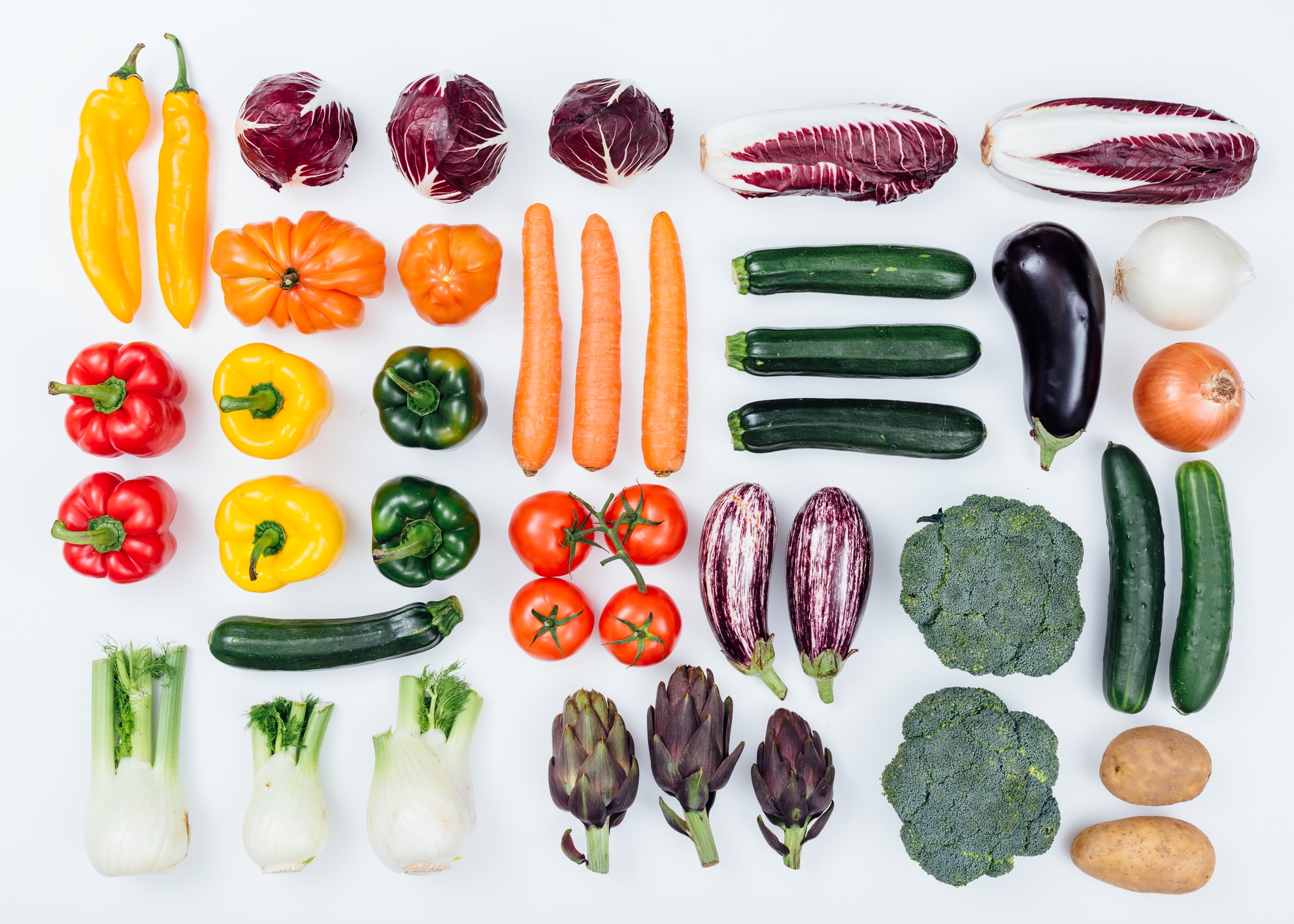
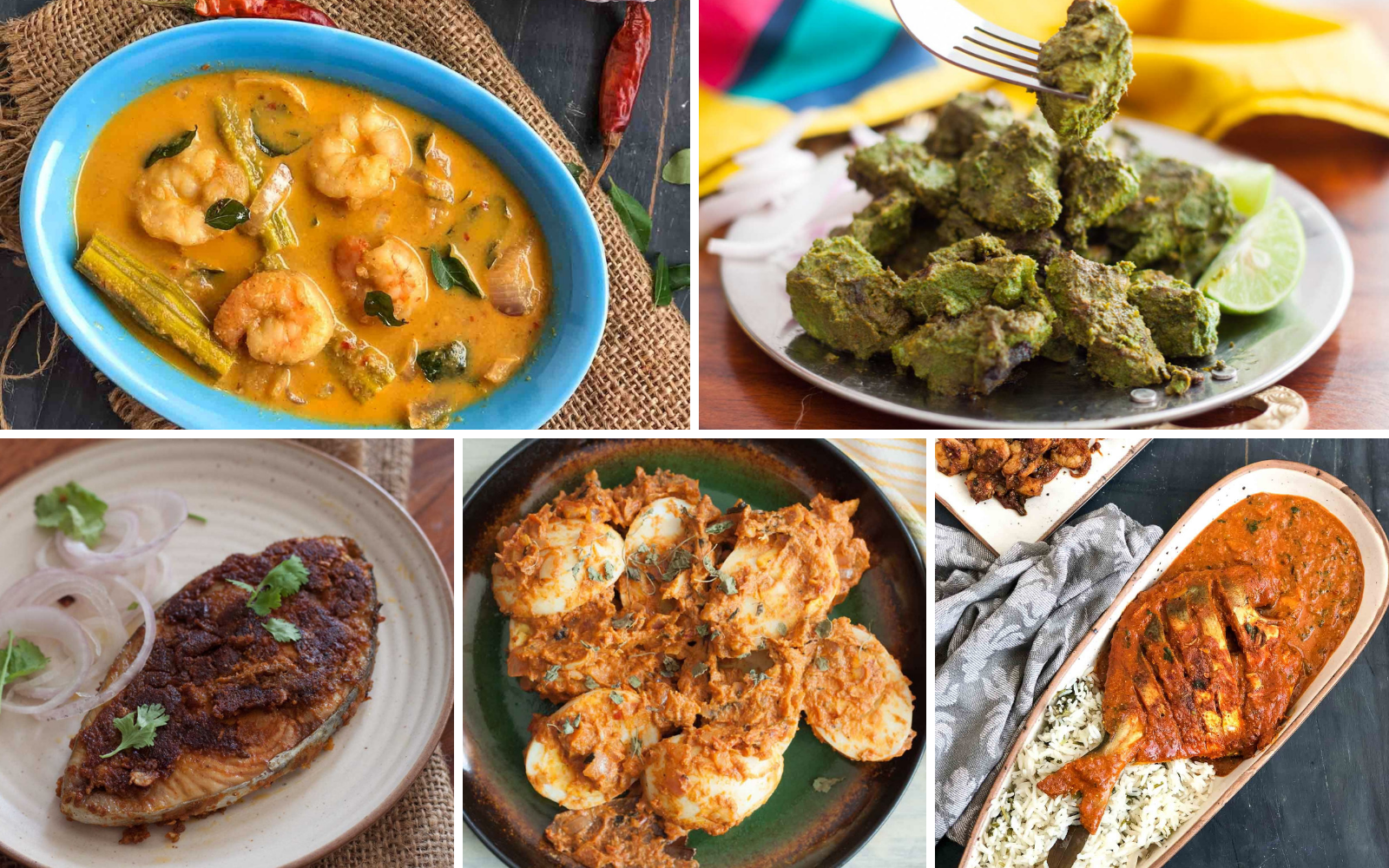
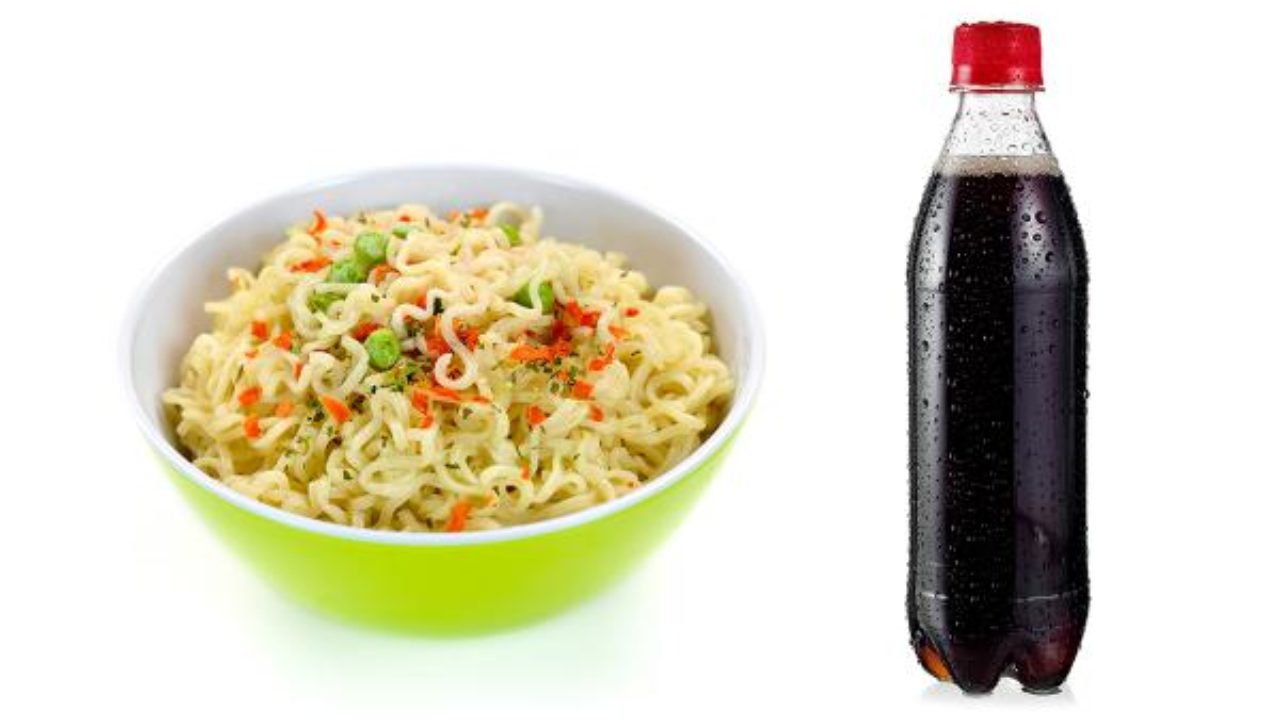


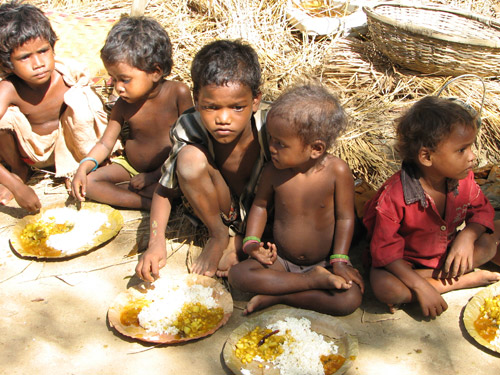
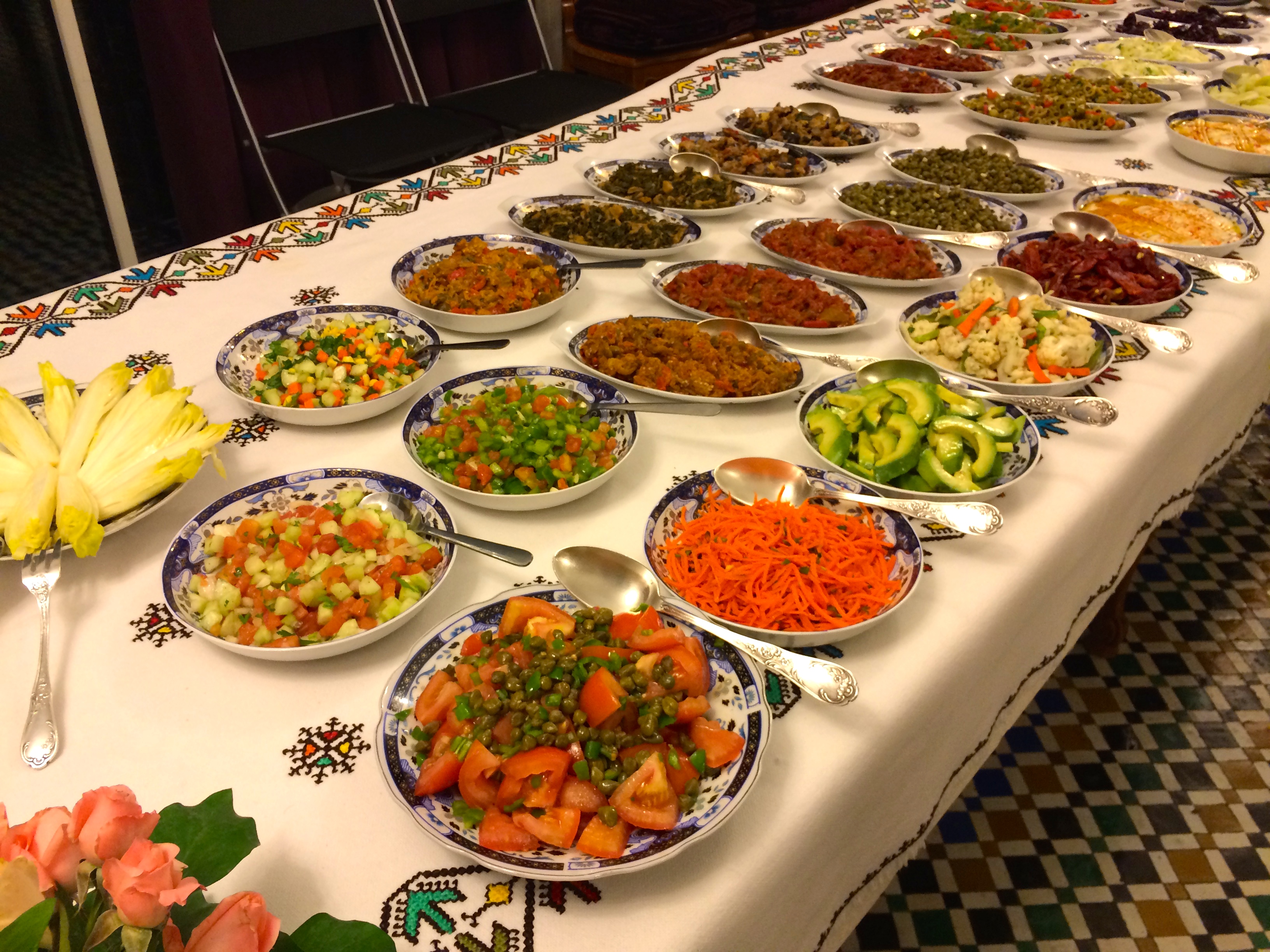
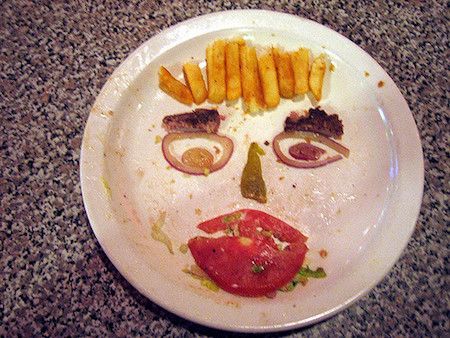

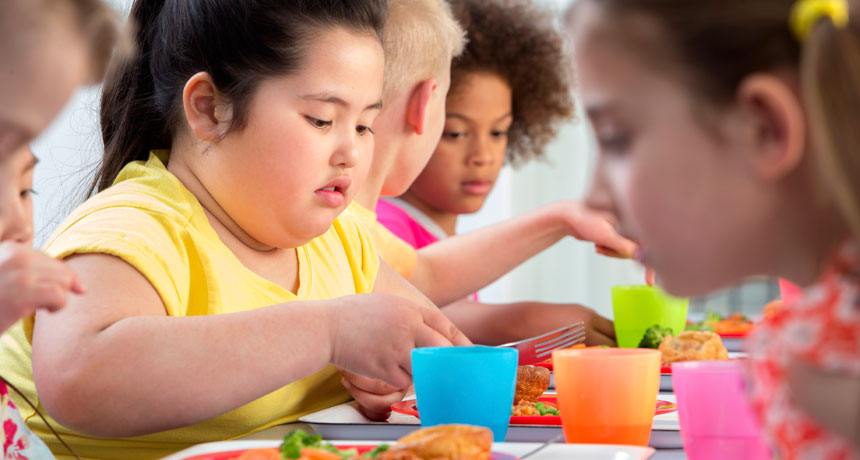
8 thoughts on “Child Health And Nutrition(DECE2) IGNOU Unit Wise Solution Day 2(ENGLISH)”